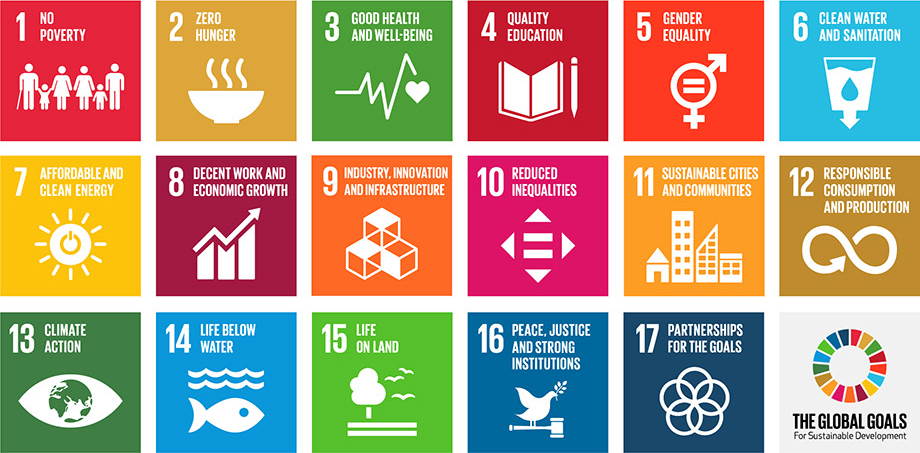Executive Summary
Cantina Goccia was the first winery in the world to produce wine in the paper Frugal Bottle, launching 3Q, a Sangiovese blend, in June 2020. CG goal is to produce 80% of its wines in the paper bottle and will achieve this goal in 2022. CG’s wine in the paper bottle is now sold all over the world including Canada, Japan, UK and Europe.
SDG (Sustainable Development Goals)
Responsible Consumption and Production
Climate Action

Reason Why/Motivation/Background
We wanted to adopt a 360 degree approach to producing more sustainable wines and therefore we had to critically look at what type of packaging we used. There are many different types of alternative packaging and they all have their merits, however the paper bottle resonated with us as we certainly felt that the consumer would identify and more readily transition to this more sustainable packaging once they understood the positive value of paper bottles relative to standard glass bottles. Key to this transition was demonstrating that good wine can come in alternative packaging.
Project Discription
To reduce the carbon footprint of our supply chain and to support the work that we were already doing in the vineyard.
Benefits/Achievements
We have achieved a new product launch in a very competitive and traditional market. We have reached consumers around the world and proved that wine can be enjoyed in more sustainable packaging. We have changed our filling processes to manage the paper bottle. We have reduced the carbon footprint of our supply chain.
Paper bottles weighs 83g compared to lightest glass which is around 350g
Has an 85% lower carbon footprint compared to standard glass
Has 77% lower plastic content than a standard plastic bottle
Is recyclable and is made from 96% recycled paper board
Lessons Learned
The paper bottle requires a dedicated filling process and cannot be easily integrated into a standard glass bottle filling line. This does require infrastructure investment.
Consumers automatically assume that all glass bottles are recycled and therefore do not fully understand the drive for alternative packaging.
A euro pallet of 600 filled paper bottles weighs around 560kg versus on average a glass bottle pallet in excess of 850kg and yet the transport sector currently do not give any rate reduction for truck transportation. These pricing paradigms need to change.
Shelf life is not as big an issue people assume, but we need to invest more into this area.
Alternative packaging is not playing on a level playing field in the wine industry because consumers are not paying based on the full life cycle of the product and legislators are not doing enough to ensure this happens.
Change takes time and investment.
Next Steps
To grow our market into the travel sector such as airline and cruise market where weight, recycling and space are key considerations. To continue to lobby for change and champion a transition in the wine industry to a more appropriate split between glass and alternative packaging, which reflects the drinking habits of consumers.
Potential for Replication
High potential for replication.
Sources of Information/Support
Our own experience.